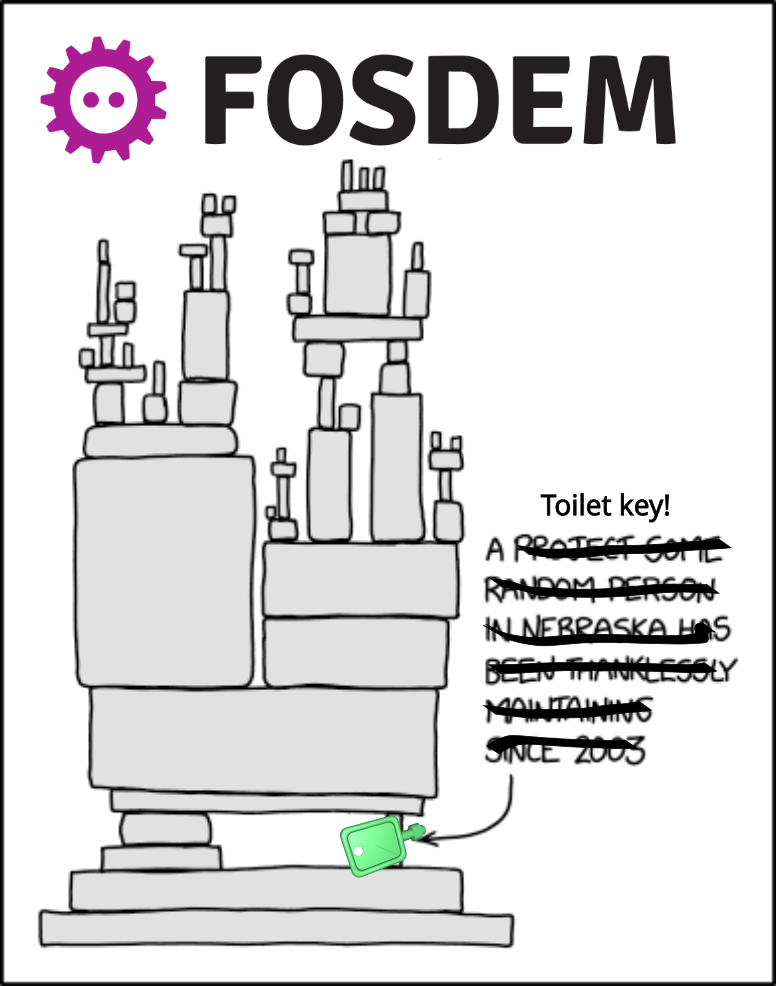

This happened last month. On January 6, Ingenuity flew 40 feet (12 meters) skyward but then made an unplanned early landing after just 35 seconds. Twelve days later, operators intended to troubleshoot the vehicle with a quick up-and-down test. Data from the vehicle indicated that it ascended to 40 feet again during this test, but then communications were ominously lost at the end of the flight.
Sounds like NASA is of a similar mindset already.




My very first “design” was cord wrangler that fit the exact number of things I needed to charge and was the exact thickness for my no-name pressboard nightstand with a gap that matched an opening in the back. It was exactly what I needed.